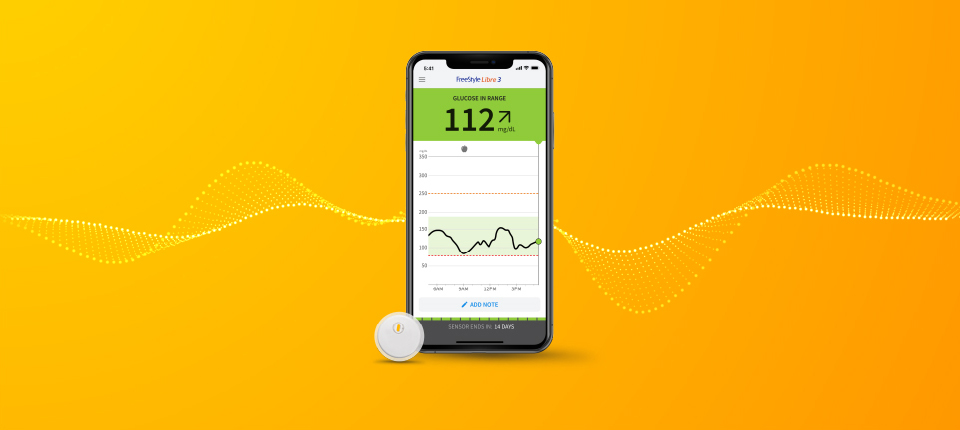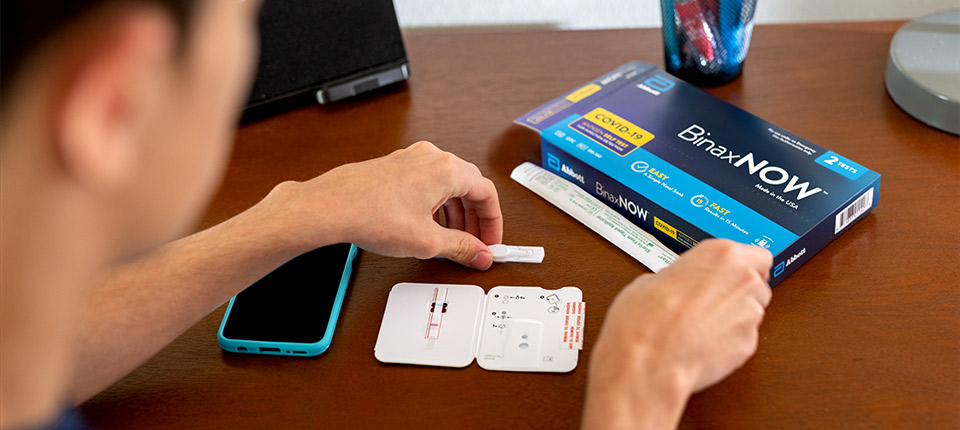Body aches are one thing. Chronic pain — hurts more, more often — is something altogether more. Something much more than most can imagine.
If you're one of the millions living with chronic pain, you'll never confuse what it is and what it isn't. Relief is always your primary focus. It's ours as well.
Because we know what people are experiencing and that whether one's ambitions include hiking in the mountains, lifting a child or just driving to a doctor's appointment, even simple goals are often out of reach for people living with chronic pain.
But help is closer than ever.
As our innovative medical technology advances, so do our digital capabilities, coming together to not only improve treatment itself but also the way we can move toward long-term pain relief, remotely. Here's how.
The Path to Pain Relief
Traditionally, patients with chronic pain have faced numerous obstacles in obtaining relief. Treatment often includes powerful pain medications with serious side effects, the abuse of which has led to an epidemic of addiction and overdose.
However, our approach to this medical problem has always been forward-looking.
"Medications — like opioids — often not only inadequately treat the pain but can lead to serious problems including dependence and addiction. Electrical neuromodulation therapy can effectively address the chronic pain through changing neural signaling in the spinal cord and brain," said Dr. Shachi Patel, interventional pain management physician and owner of Delmarva Pain and Spine Center in Newark, Del. "We recognized the increasing value of implantable devices as the opioid crisis intensified and have seen functional improvements in treatments ever since."
Surgeons place implantable devices that send electrical signals to targeted areas depending on the source of the pain. These therapies work by sending stimulation through electrical leads into the nervous system and making adjustments to provide the best results for the individual patient. Our ground-breaking tools include:
- ProclaimTM DRG Neurostimulation System, which targets the dorsal root ganglion nerves near the spinal cord, to relieve pain of the lower limbs due to complex regional pain syndrome (CRPS) and nerve damage called causalgia.
- ProclaimTM XR SCS System, which targets the spinal cord with electrical stimulation for patients with chronic pain of the trunk and/or limbs.
Walking myPATH
Prior to receiving an implant, the patient has an opportunity to test the effectiveness of the system for their particular chronic pain.
Leads are connected to an external generator to test the impact on pain-related symptoms for a trial period of five to 10 days. During this time period, doctor-patient communication is key to figuring out how effective the device is for that person, and how to optimize the experience.
Abbott's new NeuroSphereTM myPathTM digital health app is designed to provide pain relief information and facilitate communication during this crucial period. The app allows patients to connect with Abbott support, access educational materials and, most importantly, track pain and related symptom relief progress by giving the patient a tool to chart their experiences throughout the trial period.
The Physician's myPath
"The app's ability to track this information provides several advantages to the patient experience," Dr. Patel said. "The patient is trained on the device and it improves the quality of the information because the person is making self-assessments in real-time, rather than trying to remember when they eventually meet with the doctor. The app also allows for more accurate and easily accessible patient information for the doctor."
Dr. Pankaj Mehta, medical director, chief medical officer and director of research at Pain Specialists in Austin, Texas, agreed.
"Assessing a patient's response to a new stimulation therapy is essential to determining a therapeutic course of action. This app enables an enhanced communication experience while providing further insight on how they are responding to the therapy."
Increasing the quantity and quality of patient response information during this trial period informs the crucial decision to proceed with implanting the device. These are the first steps on the path to a reduced pain life.
More remote. More control.
More communication with your doctor in a more timely fashion.
More information leading up to device implantation.
More insights.






FOLLOW ABBOTT